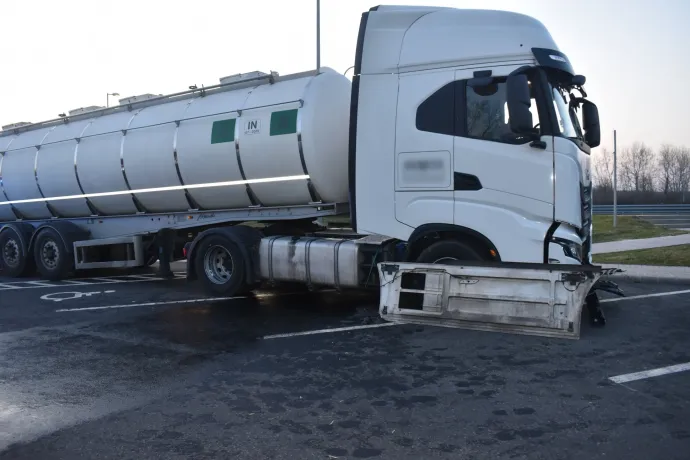Croatia
Urgent alert! Restrictions implemented on another long Schengen border in Hungary

Important: Croatia follows Slovakia and Austria in introducing border restrictions to Hungary

New Ryanair flight to coastal city from Budapest, Scandinavian Airlines returns to Budapest

Hungary to host EU’s largest military exercise

A faster way to the Adriatic: new section of Budapest’s direct route to Croatia is almost complete!

Kolega problem: a totally drunk lorry driver crashed a motorway service area in Hungary – photos

NATO Central European Multi-National Division Command deployed to Hungary reached full operational capability

How do Hungary’s neighbours see the country? New survey reveals surprising trends

Hungarian map of “maimed Croatia” sparked outrage in NATO member’s government

Hop on a festive train to Vienna and Zagreb’s Christmas markets with MÁV!

Experience the magic of Zagreb’s Christmas market with a special train from Hungary!

Scientist of Hungarian origin can treat cancer with viruses? The miraculous recovery of Dr Beáta Halassy

Croatian defence minister: Hungary wants territories from Croatia, supports Putin with Serbia

Hungary’s busiest motorways to Austria, Lake Balaton to become 4-lane!

Shocking: Adriatic and Croatian prices show how devastating the inflation was in Hungary

Croatia not reliable oil-transit country, says minister

Government official marks Croatian-Hungarian friendship day

Hungary may receive Russian oil via Croatia, but there’s a huge problem






